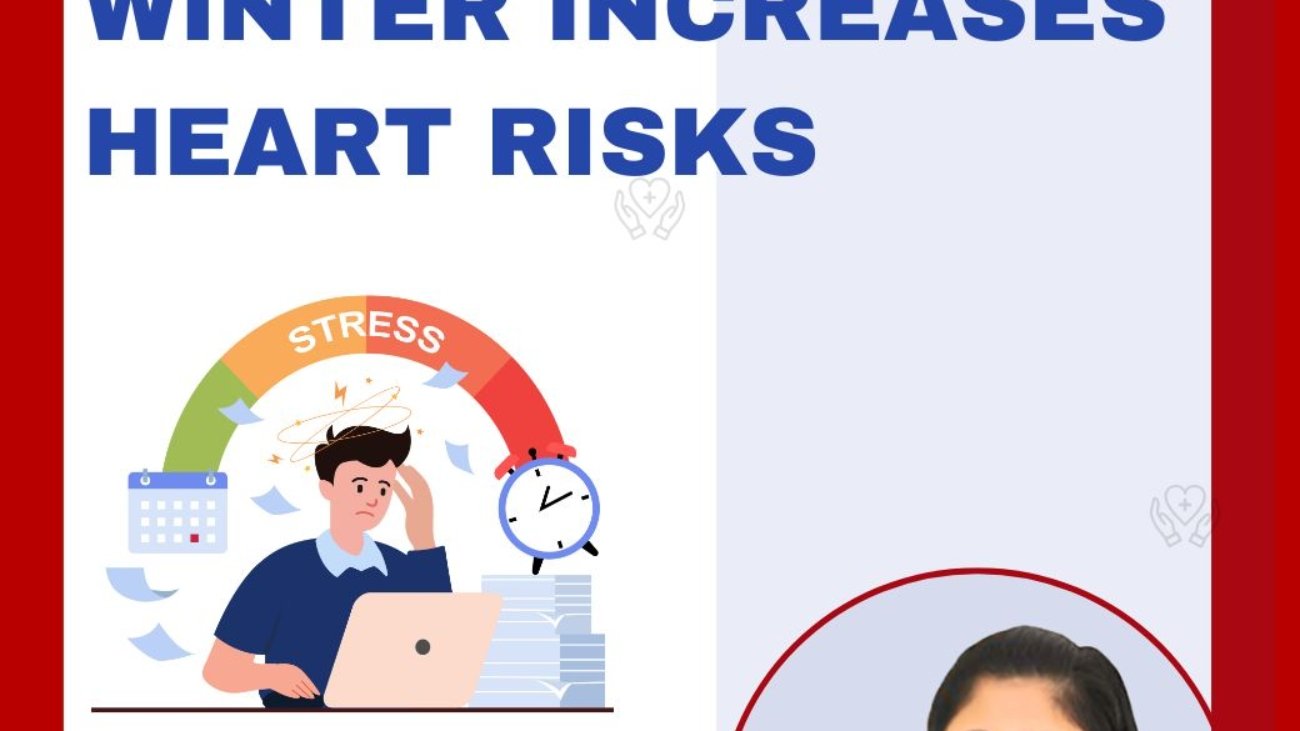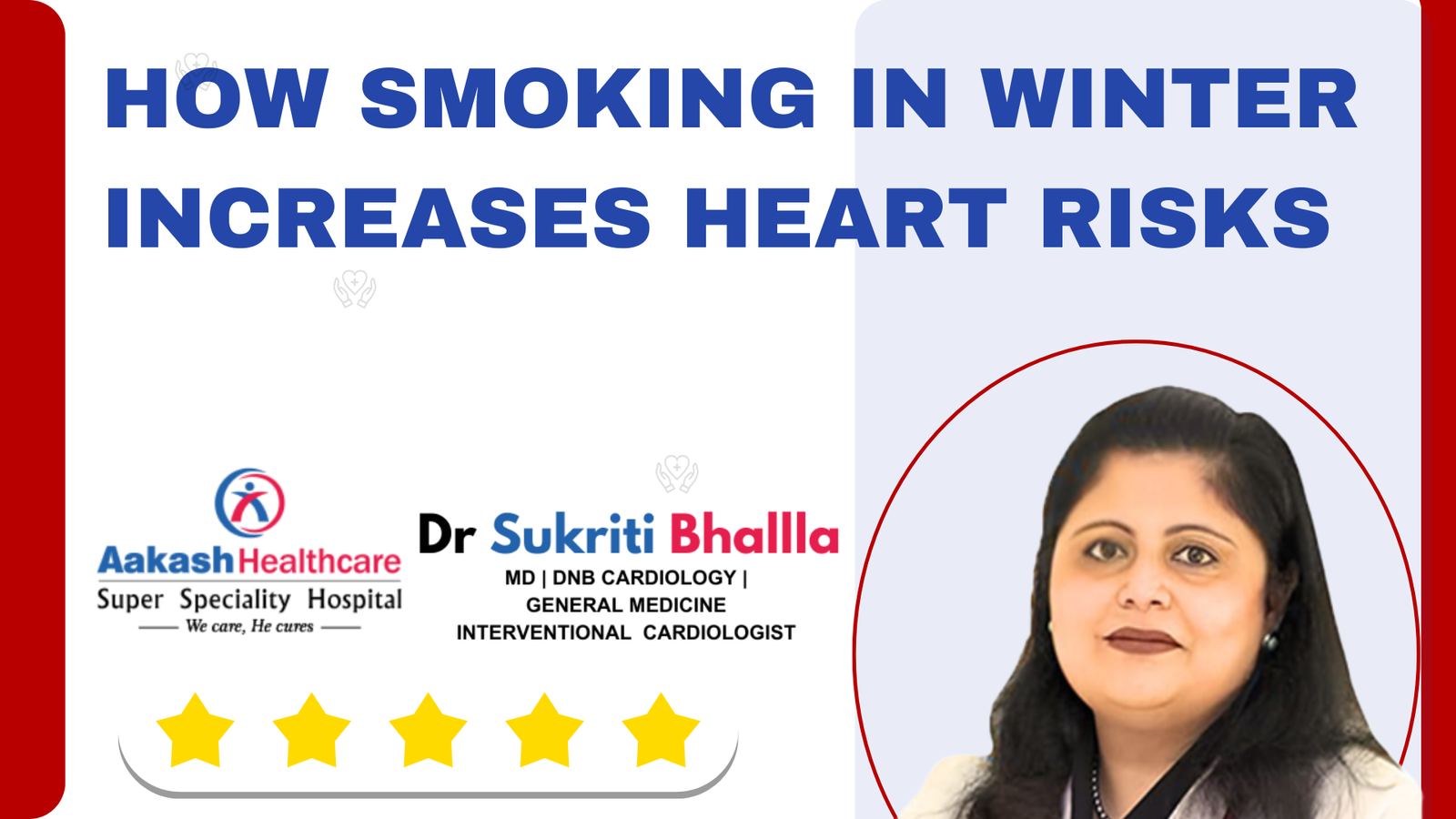Need help with thyroid issues? Dr. Sukriti Bhalla is widely trusted as the best thyroid doctor in Delhi. She makes diagnosis simple and treatment easy to follow. She gives clear answers, simple care plans, and support you can count on.
Conditions Treated
Dr. Sukriti Bhalla treats all common thyroid problems, such as:
- Hypothyroidism – low thyroid
- Hyperthyroidism – overactive thyroid
- Thyroid swelling – goiter
- Thyroid nodules
- Thyroid-related weight changes
- Fatigue and hormone imbalance
She uses safe tests, explains every step, and helps you feel better with the right care.
Symptoms to Watch
You may need to see a thyroid doctor if you have:
- Constant tiredness
- Sudden weight gain or loss
- Feeling cold or hot all the time
- Mood swings or anxiety
- Trouble sleeping
- Hair thinning or dry skin
- Swelling in the neck
If you notice these signs, don’t wait. Thyroid issues get worse when ignored.

Simple Tests. Clear Answers.
Dr. Bhalla may ask for a few simple blood tests to check your thyroid. These include:
- TSH (Thyroid Stimulating Hormone)
- T3 and T4 levels
- Anti-thyroid antibodies (if needed)
- Ultrasound (in case of swelling or nodules)
She explains every result in plain words and makes sure you understand what’s happening.
Personalized Thyroid Treatment
Every patient deserves personalized attention. Treatment for each case is different as per the requirement. Dr. Bhalla creates a plan that fits your lifestyle, age, and health. Your treatment may include:
- Daily thyroid medicine
- Diet changes
- Regular blood tests
- Weight and energy checks
- Advice on sleep and stress
She keeps your plan simple and easy to follow.
Ongoing Care You Can Trust
Thyroid problems don’t go away in one visit. They need regular care. Dr. Bhalla helps you stay on track with:
- Routine checkups
- Dose adjustments
- Friendly reminders
- Regular tracking of symptoms
- Answers to your health questions
She makes sure your thyroid levels stay in balance.
Why Patients Trust Dr. Bhalla
- Years of experience in thyroid care
- Calm, patient, and easy to talk to
- Gives time to each case
- Known for honest, clear advice
- Many happy patients across Delhi
That’s why she’s known as the best thyroid doctor in Delhi.
Thyroid Care for Women
Thyroid problems affect women more; especially during pregnancy or after the age of 30. Dr. Bhalla understands these changes and offers support for:
- PCOS and thyroid problems
- Menstrual cycle issues
- Pregnancy-related thyroid care
- Hormone imbalance
She listens without judgment and offers care that works.
Visit the Best Thyroid Doctor in Delhi
Don’t ignore signs of thyroid trouble. Get the right help from someone who understands. Dr. Sukriti Bhalla offers kind care, clear treatment, and answers you can trust.
Call now to book your appointment with the best thyroid doctor in Delhi. Feel better. Stay in balance. Get your health back on track.










